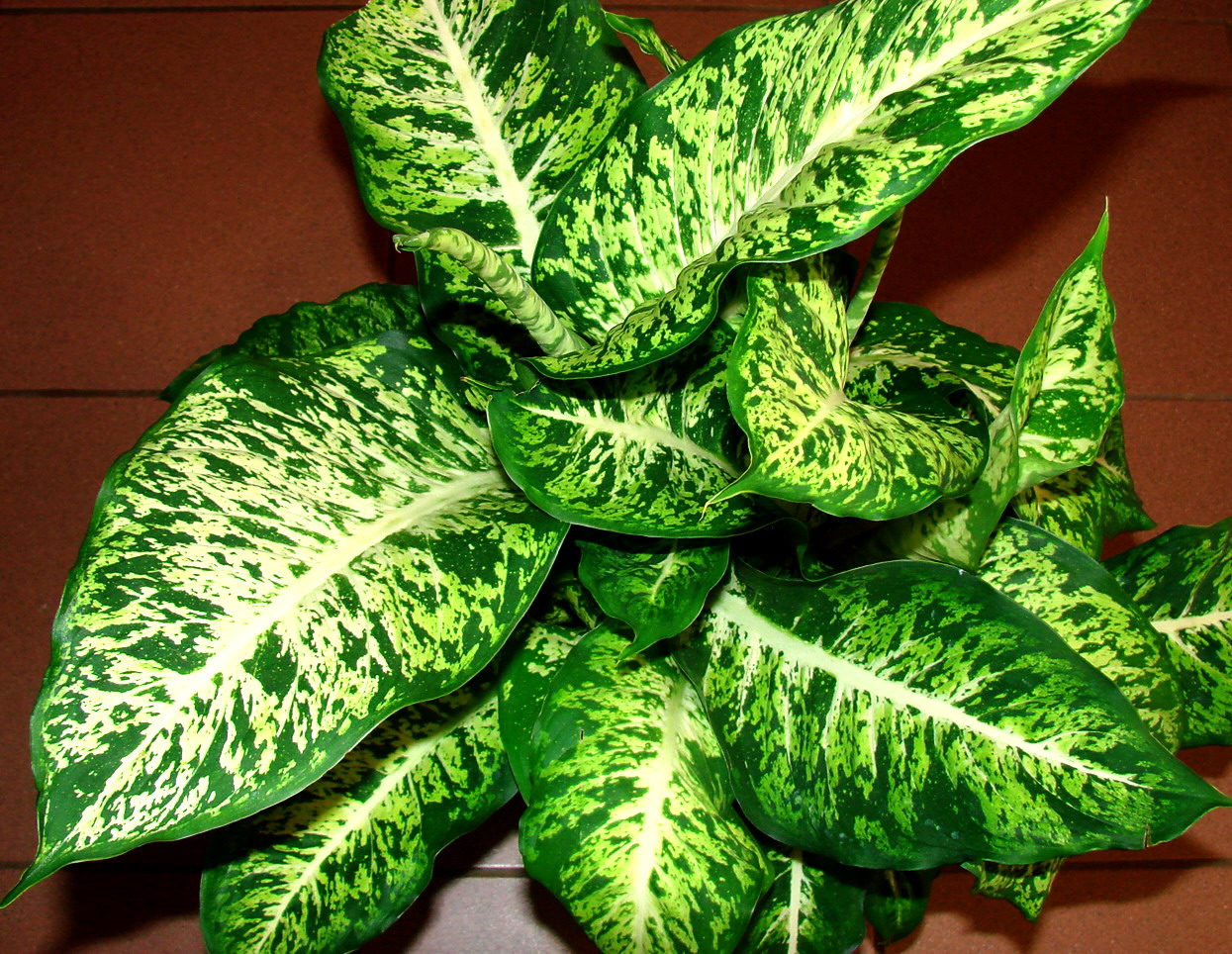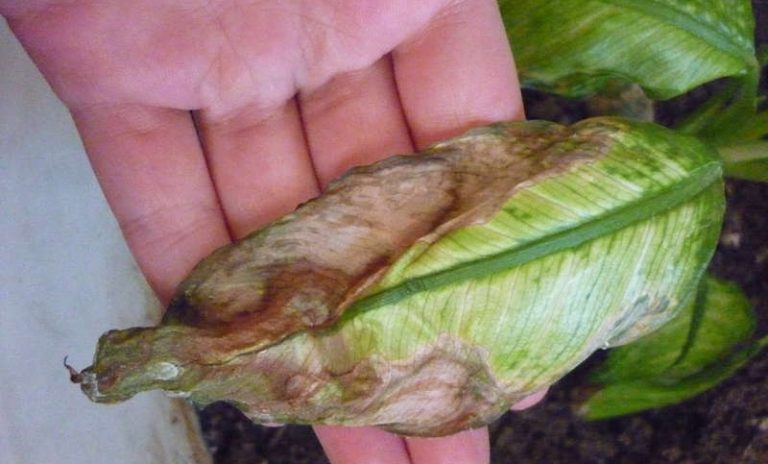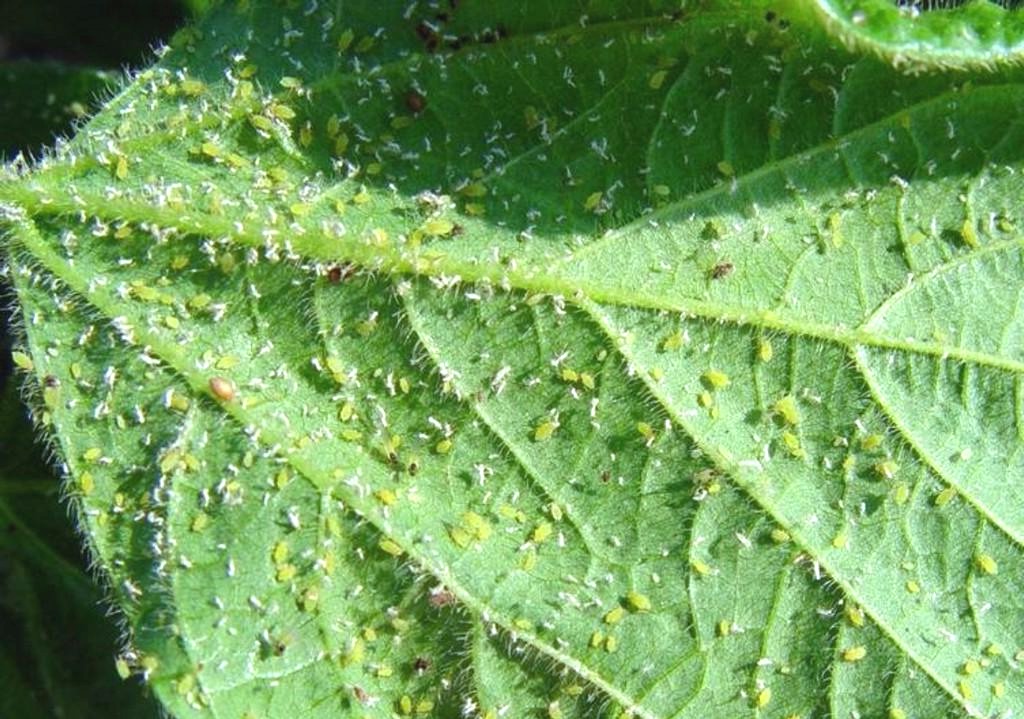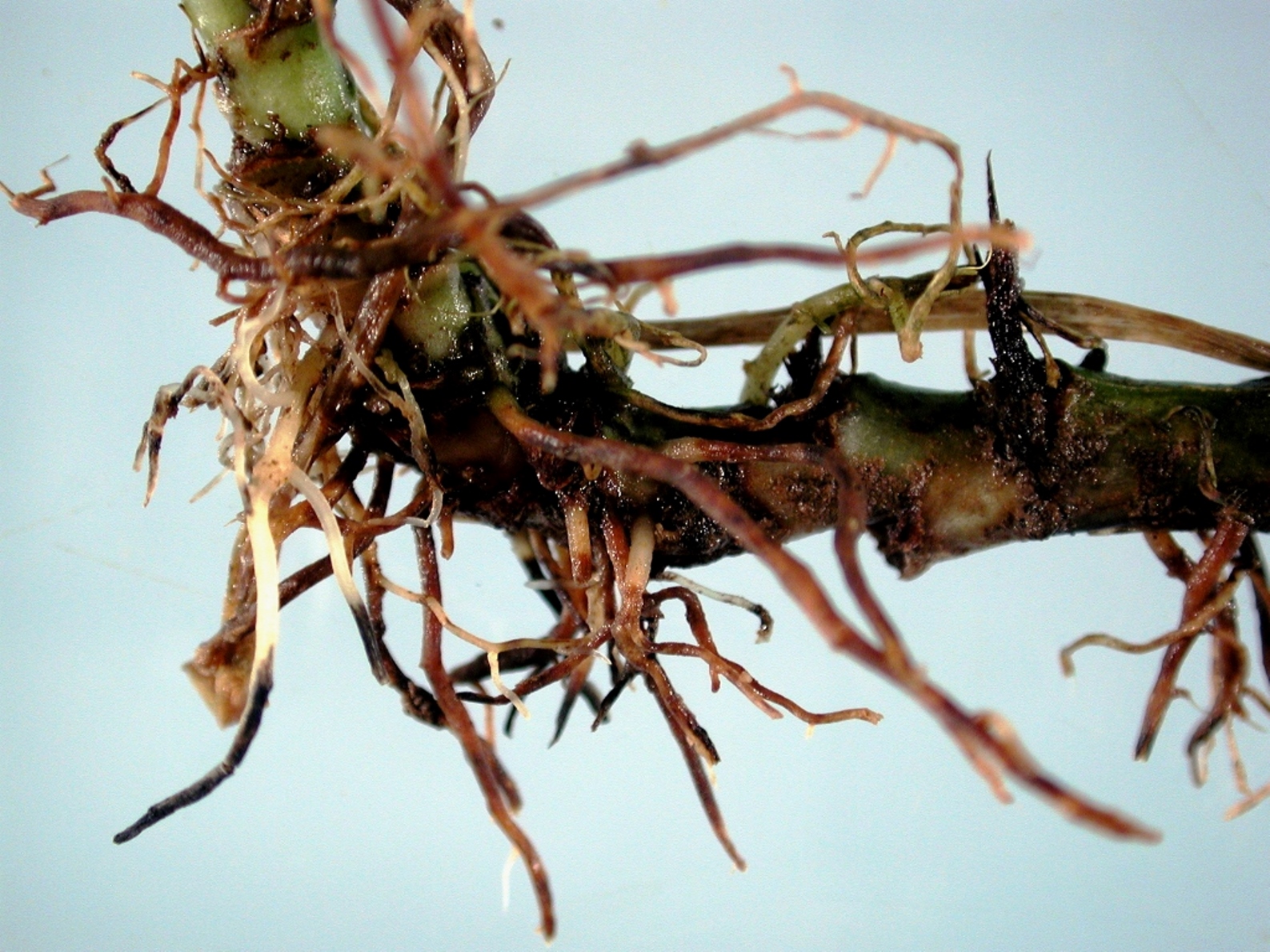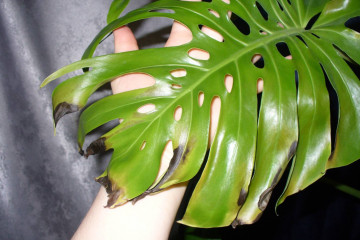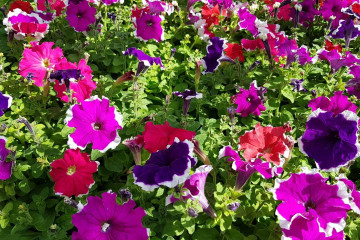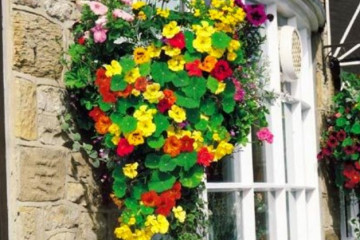Why do dieffenbachia leaves turn yellow - reasons
Content:
Dieffenbachia is very sensitive to changes in conditions of detention, which manifests itself in a sharp deterioration in the general condition of the bush. Why the leaves of dieffenbachia turn yellow, every florist should know. Inexperienced owners often do not know the exact reason, therefore, they cannot begin to correct it correctly. Yellowing can actually happen for a variety of reasons: improper watering, lighting, temperature, quality of fertilizing. Careful care and observation of the flower will help eliminate the problem.
Dieffenbachia leaves turn yellow - what could be the reasons
Why dieffenbachia leaves curl and yellow spots appear depends on various factors. Most often, the problem appears in winter and summer.
In winter, the plant lacks the bright rays of the sun. The leaves become pale, lose contrast and become covered with a yellow tint. Features strongly these symptoms appear when the plant stands on the north side or in a poorly lit place. Sometimes moving the pot to another place helps. However, the owners do not always pay attention to the problem at a harmless stage. The more time passes, the more difficult it is to return a full life to a bush.
Often the cause is improper watering. Each home flower needs special conditions, so it is impossible to care for everyone in the same way.
In the summertime, the main danger lies in the sultry sunbeams. They provoke burns, due to which yellowing is observed. It is no longer possible to restore the burnt sheet, so it is cut off.
There are other problems that the owner of dieffenbachia may face. They will be discussed below.
Diseases
Dieffenbachia, whose diseases appear due to improper care, can suffer from the following ailments:
- The appearance of brown spots. The edge of the leaves is covered with dark inclusions. The disease is fungal and dangerous to other plants in the neighborhood. It is necessary to eliminate spotting with antifungal agents - fungicides, which include copper.
- Anthracnose. This disease is characterized by the appearance of dryness at the tip of the leaf, which slowly spreads to the entire surface of the flower. The reason is often the regular waterlogging of the soil.
- Fusarium. This pathology develops very rapidly in the roots of a green bush. The disease can appear due to insufficient moisture, since pathogens are actively developing in dry soil. Both the upper and lower layers of leaves suffer. In this case, it is imperative to transplant the bush and replace the substrate.
- Mosaic virus. It is characterized by spots in the form of stars and circles, of various colors. They create a sharp contrast to the normal color of the leaf. If treatment is not started on time, the flower stops growing and dies.
- Damage by bacteria. In this case, wet islands appear on the flower, which smell unpleasant. Over time, the spots enlarge and capture new areas of dieffenbachia. This disease cannot be cured.
Other fungal diseases are: anthracnose, necrosis, septoria, powdery mildew.
Pests
Dieffenbachia, a pest of which often causes yellowing of the leaves, mainly suffers from aphids, mealybugs and thrips. Root rot can develop from waterlogged soil. If there is not enough iron in the plant, chlorosis appears.
It is not difficult to determine that aphids have appeared on Dieffenbachia. First of all, small insects are visible among the leaves. Pests damage the tops of the shoots, which causes the leaves to curl. Over time, the leaf is covered with secretion from aphids, against the background of which the fungus develops. Insects not only harm healthy leaves, but also stop further growth.
Leaves can turn yellow due to the invasion of mealybugs. These pests are also easy to spot. They leave behind a waxy coating. They are visible on the plant with the naked eye and look like small white insects with many legs. Due to sugar secretions, a sooty fungus appears on the surface of the plant.
In the early stages, it is not difficult to deal with mealybugs. It is necessary to treat the plant with a soft brush or cotton swab dipped in soapy water.
Thrips are small insects, up to 1.5 mm long with an elongated body. Due to these pests, yellow spots appear on the surface of the leaf. Over time, the leaf dries up and dies off.
If any insects are found, the flower must be treated with insecticidal agents (Aktara, Aktellik, Fitoverm).
Often, if pests appear on one plant, they quickly spread to neighboring plants. For this reason, processing is done for all decorative representatives in the house.
Soil moisture
Dieffenbachia (dieffenbachia) does not tolerate excessive watering. Large parts of the bush begin to rot due to the large volume of the supplied liquid. Symptoms appear primarily on the leaves of the flower. Yellowing indicates that it is necessary to save the plant.
Rules for successful watering:
- It is important to take breaks between watering so that the top layer dries out.
- Water is taken separated or purified (through a filter), at room temperature. Too cold liquid negatively affects the quality of the root system.
- After watering, it is necessary to get rid of excess water so that there is no stagnation and decay.
- If a green bloom appears on the surface of the substrate, it means that the soil is waterlogged and there is a risk of root rot.
Air temperature
One of the reasons why dieffenbachia leaves dry up is rightly considered ignoring the correct temperature conditions in the room. Dieffenbachia is a tropical shrub that loves warmth and temperatures above 19 ° C.
Drafts and drafts negatively affect the condition of the flower. Due to the cold wind, the crown of the plant becomes yellow and dry.
Decay of roots
Indoor green representatives often suffer from root rot due to over-watering. If the flower starts to turn yellow, make sure the root system hasn't started to rot.
In case of rotting roots, it is necessary to cut off the damaged areas and replace the soil. It is also worth paying attention to watering, its frequency and the amount of water used. Proper care is the key to health and proper growth of Dieffenbachia.
Other possible problems
Dieffenbachia leaves often turn yellow under the influence of direct rays. In this case, burns are formed on the surface, which in the future can lead to the complete death of the leaf.
If you can't move the container with the bush to the right place, you can leave it in the south, but be sure to shade it. In winter, on the other hand, intensive lighting is required. Florists often use artificial light from phytolamps. It is best to put the plant in the lightest place in cold weather. In winter, the sun's rays do not harm the bush, so you should not be afraid of burns.
The bush can turn yellow because of a small pot. In this case, it is necessary to transfer to another container. Dieffenbachia develops well in fertile soil with a slightly acidic environment. If the substrate is chosen incorrectly, then the growth of the bush slows down and the foliage turns yellow.
When all the conditions are met, but the leaves are still covered with yellow spots, this indicates natural aging. Experts recommend rejuvenating the plant through cuttings. The bare trunk of the bush is cut into cuttings, leaving a small part of the stem. The cuttings are sent into the water and wait for new roots to appear. Then the seedling is transferred to a permanent place in a pot.
It is necessary to treat all pathological conditions when the first symptoms are detected. Otherwise, the plant may die completely. It is recommended to do top dressing, monitor the lighting and periodically inspect the bush for pests.
